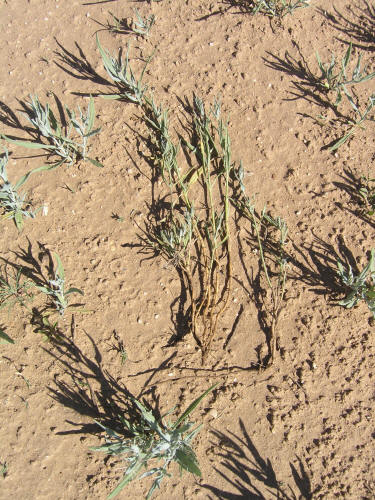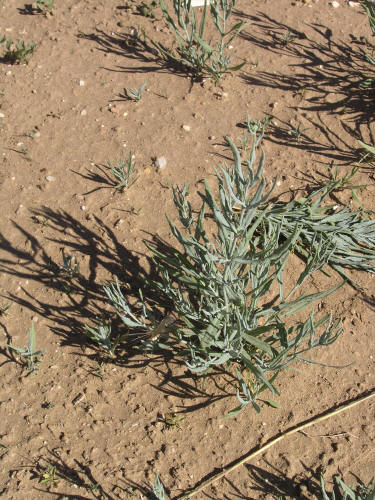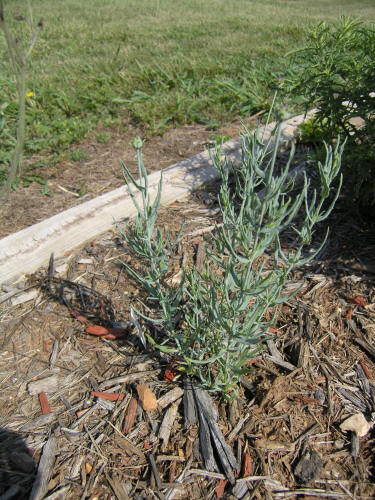Go to Midwest Weeds and Wildflowers Home Page
(updated January 21, 2021)
Texas Blueweed
Helianthus ciliaris D.C.
Asteraceae (Sunflower Family)
▲young sprouts from creeping roots, with uprooted plant showing creeping roots in center
▲ closer view of creeping roots
▲▼ young plants emerging from creeping roots

▲ young plant before flowering
▲ ▼ mature flowering plants

▲ ▼ mature flowering plants
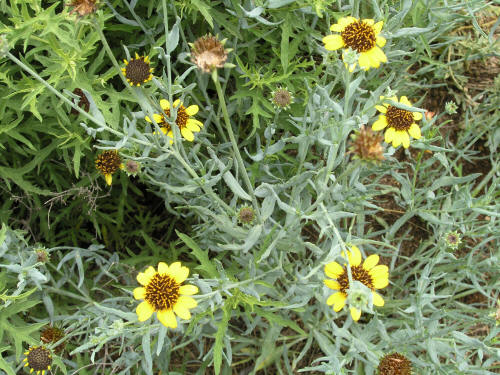
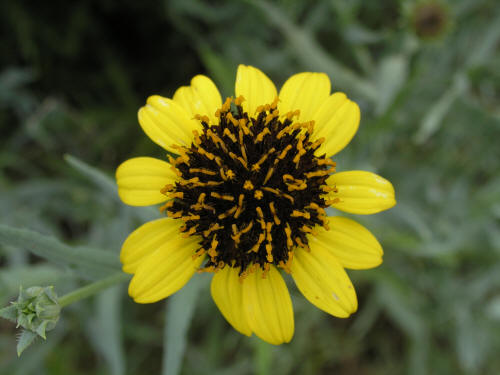
▲ inflorescence closer view, showing bud on lower left
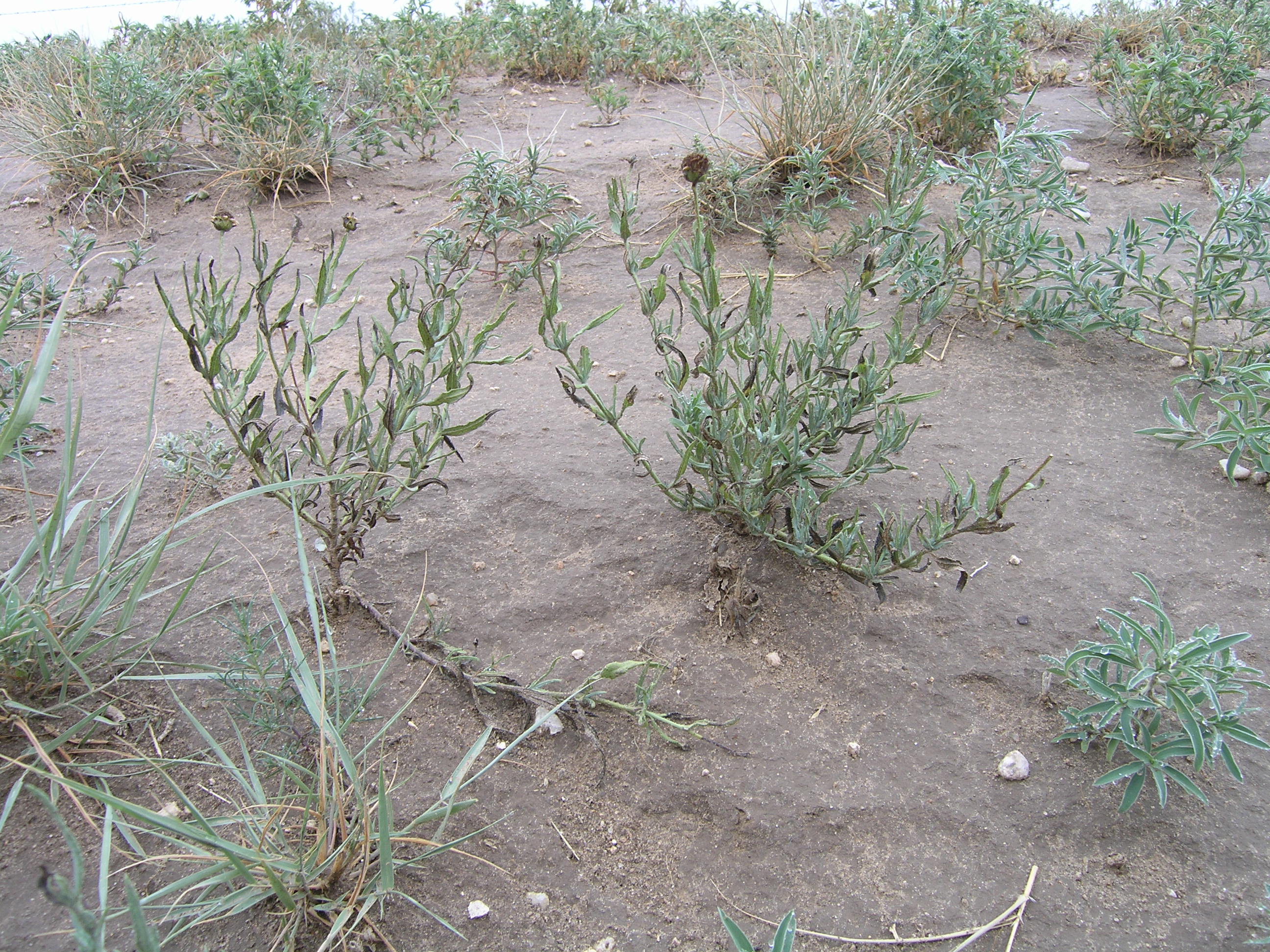
▲ shoots after flowering, showing dried, dark brown persistent inflorescences
Helianthus ciliaris DC., Texas Blueweed: (Bayer Code: HELCI; US Code HECI)
· A U.S. native, creeping perennial with deep creeping roots that grows 6-24 inches tall; stems unbranched except in upper portions when flowering commences; stems and leaves blue-green to gray-green and are covered with short, stiff hairs
· Leaves are blue-green to gray-green, opposite, linear to lanceolate; leaf margins are smooth, or with a few teeth or outspread hairs; leaf margins often wavy
· Head inflorescences are 1-2 inches in diameter, produced at stem with 10-18 yellow ray florets (“petals”) that are puckered at their bases, and 35 or more reddish-brown disk flowers that form a hemispherical shape in the center; flowers appear similar to a miniature marigold or sunflower
· Bracts below the inflorescence are in several rows, lanceolate or ovate with elongated, pointed tips that stand out from the base of the head
· Flowering from mid-summer through autumn
· Is quite invasive in reduced tillage row crops as well as being unpalatable to livestock; can reproduce and spread rapidly, even in very dry conditions
o One of the few native sunflowers that is considered to be a serious weed
· Prefers dry, sandy infertile soils
Go to Midwest Weeds and Wildflowers Home Page
